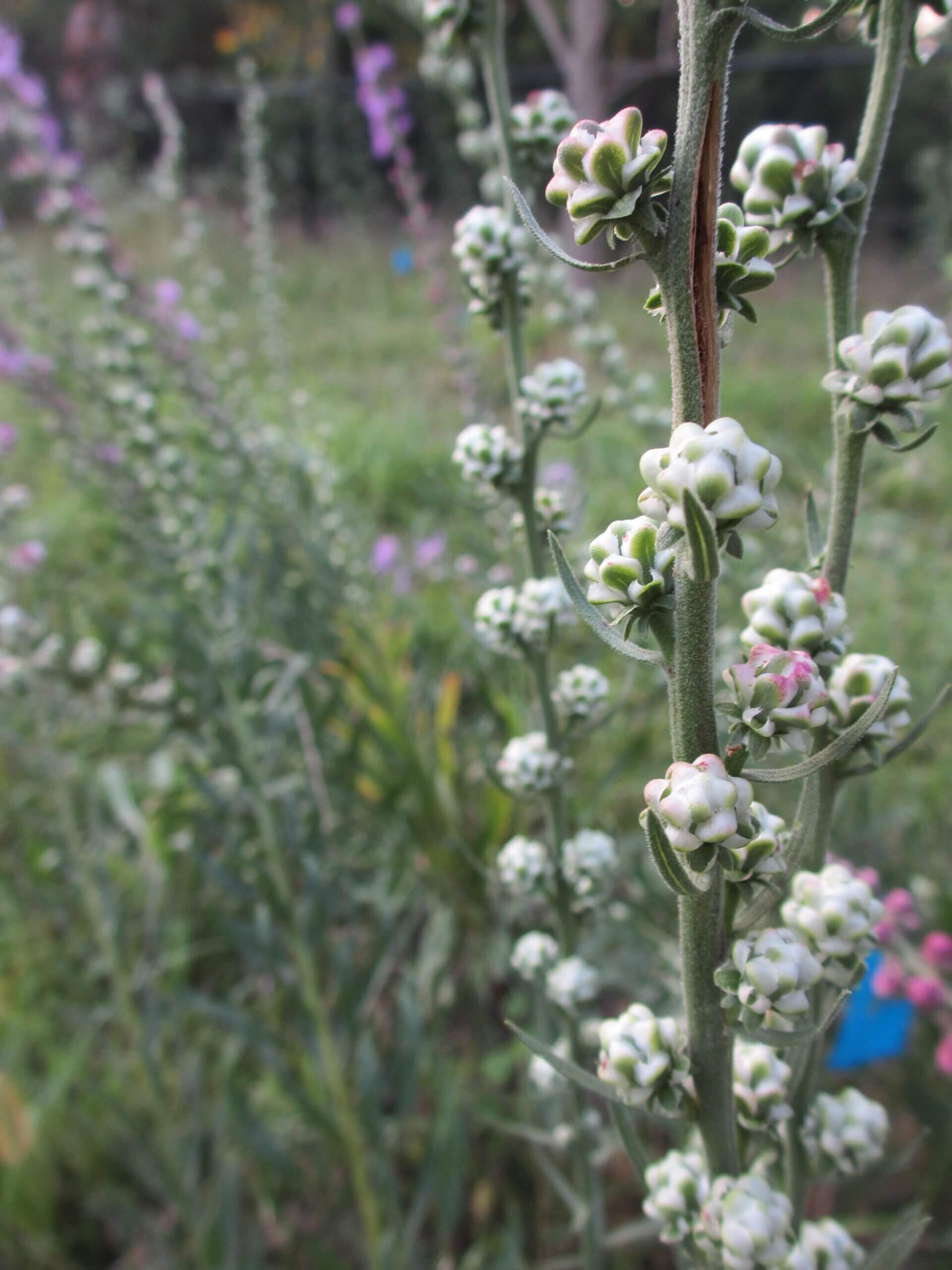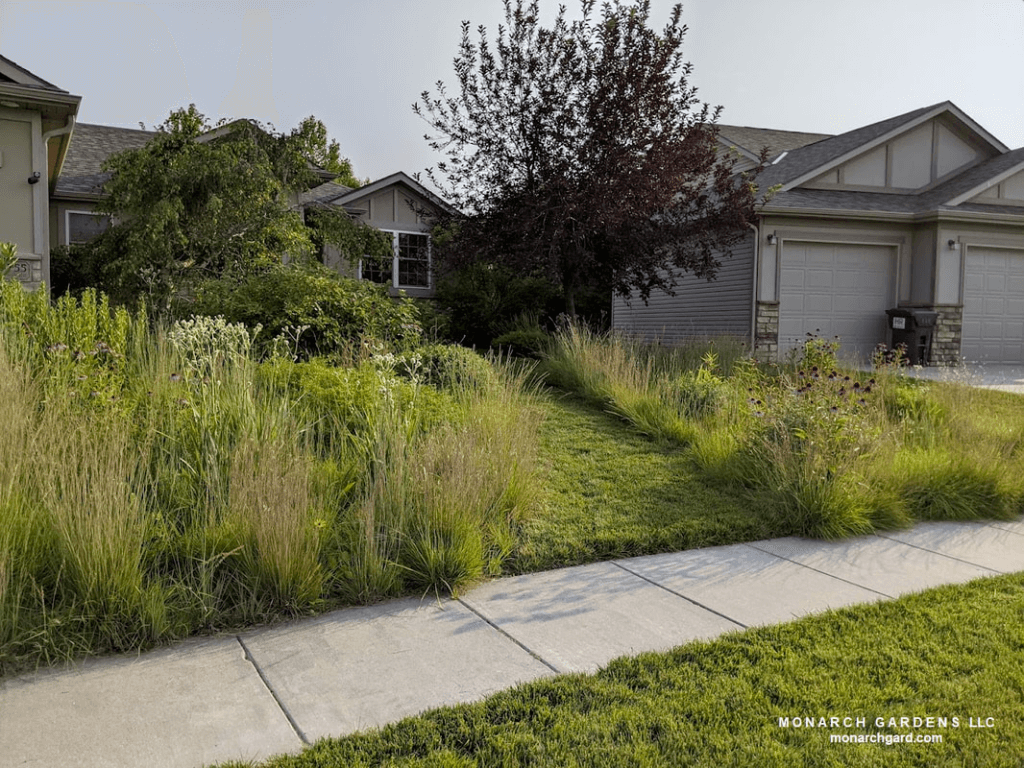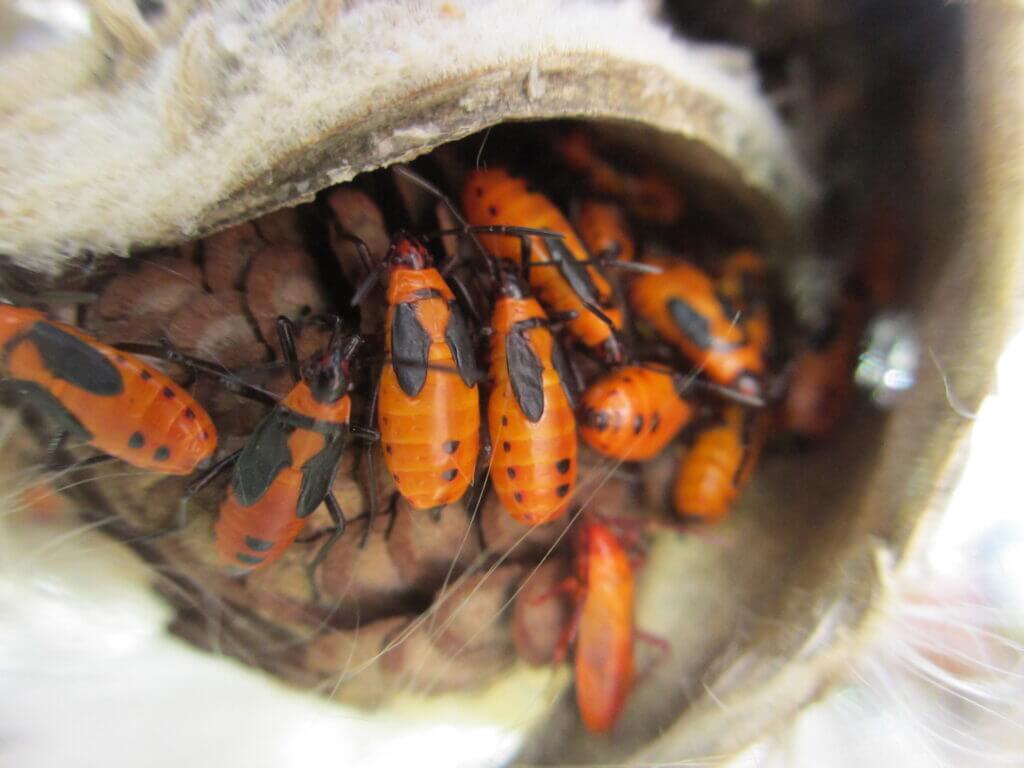Would you believe the topic of native plants can sometimes get quite contentious? No matter where you fall on the spectrum – from “reach should exceed grasp” to Doug Tallamy’s olive branch of 70% natives to native plants are just one part of the palette and not the most important – we can all agree we are in a biodiversity and climate crisis caused by us. And we are also in a landscape crisis where monocultures, from agricultural fields to suburban developments, are causing real physical and emotional harm to our community and ourselves.
There’s been plenty of conversation about the pros and cons and benefits of native plants, and you’ll find gobs of that research and discussion all over the internet and in a variety of books. There’s been lots of conversation, as a result, on what even constitutes a native plant – often, the definition is informed by personal and professional biases that are totally, psychologically natural (a topic explored at length in A New Garden Ethic). We like to use this somewhat-malleable definition of native plants employed by Rick Darke and Doug Tallamy from their book The Living Landscape:
“A plant that has evolved in a given place over a period of time sufficient to develop complex and essential relationships with the physical environment and other organisms in a given ecological community.”
It’s important to note that, for the vast majority of organisms, it takes thousands of years (and much longer) to develop these mutualisms, and in the current high-speed, do-or-die change we see occurring across the planet, many if not most species will lack the time to adapt or evolve. For some, there’s only so far north or uphill you can go to find the cooler climate you require – if you can move at all.
[right: Liatris aspera in bud + range map]

No matter where you garden, no matter what plants you use or in what proportions, those plants must be suited to the site conditions and to one another. (And, certainly, native plants are not magical beans; just because they’re “native” doesn’t mean they are low care or plant and forget.) It’s not enough to go by plant tags alone or hardiness zone, but we also need to look deeper at plant sociability or behavior – as well as a slew of other design and ecological factors – in order to try and create a climate-resilient, biodiverse, and lower management space that provides a plethora of ecosystem services from cleaner air to habitat. Such complexity is why this site exists: to provide a variety of resources at various skill levels to help you learn, progress, and be empowered over the years as you grow with plants – and as the plants teach you what they prefer. Being a gardener is all about being humble.
In the discussion around native plants and natural garden design are the ideas that gardens are simply art, or an interpretation of nature filtered through a human emotional and cultural lens, and that urban gardens cannot inherently be natural or use native plants because urban areas (or even rural ones) no longer resemble the wilder ecosystems we’ve eradicated – they are novel ecosystems.
Again, we encourage you to read A New Garden Ethic for further nuance on these subjects which we can’t fully explore here. However, in summary, the reality is that gardens will always be an artifice, and a native plant garden can only ever be an echo of what once was in a snapshot of time pre industrialization, while there are plenty of exotic plants that so far don’t have invasive tendencies but whose ecosystem function needs further regional study (heck, some weeds that pop up in a garden don’t really need removal and make a great weed-suppressing groundcover, like dandelion). Using native plants is an attempt to decolonize, to provide for the still-present, animate world the resources we’ve removed from the landscape, and to acknowledge that our privilege and our existence is based on the health of the non-human community; indeed, that we are all equal players in the management of landscapes, and that when we are not equal everyone suffers — the net result of which is the sixth mass extinction and climate disruption.

In A New Garden Ethic, native plants are the lynchpin to not only understanding how the natural world works, but in exploring our collective climate grief while thinking critically (or coming to terms with) our human privilege, supremacy, and role as a highly evolved species capable of critical thinking. Such an approach to garden design can make us feel at first uncomfortable or even guilty as we grapple with how to process our five stages of grief and reconcile our actions with our beliefs. No simple task. All of our feelings and perceptions are valid, and working to understand complex subjects is hard but worthwhile – another reason this site exists.
The native plant conversation is not one of a hard line, fundamentalist, puritanical stance; instead, it is one of deep, sometimes unnerving exploration as to why we garden and who we garden for in a time of mass extinction, and what that means for the present and future of all of us together beyond the garden as one interlocking community of living beings. Ironically, gardens are no longer just private oases from the larger cultural issues, but a reflection of those issues; gardens can simultaneously create a disturbing and even activist-type breach in the status quo while also serving as an example for a way forward, just as art has always done.
Remember, the most impactful change happens in places of disturbance, murkiness, and even fear. The conversations around plant origins and mutualisms that we keep having are vital and essential, and they will continue to be difficult as we move forward through the uncertainty of climate disruption and the grief-inducing turmoil it brings. Ultimately, any conversation is a good one as we work to rewild, practice reconciliation ecology, cultivate a biophilia revolution, and rethink pretty in our managed landscapes. In the face of 425ppm of CO2 in the atmosphere (75ppm above the threshold to mitigate the worst of climate change), the entire planet is now a garden we’ve created. Gardens are for all of us.
Ready to learn more about native plants? Try the online class “Cultivars 101” and explore their pros and cons.
[right: large milkweed bug nymphs, Oncopeltus fasciatus, also need milkweed]

